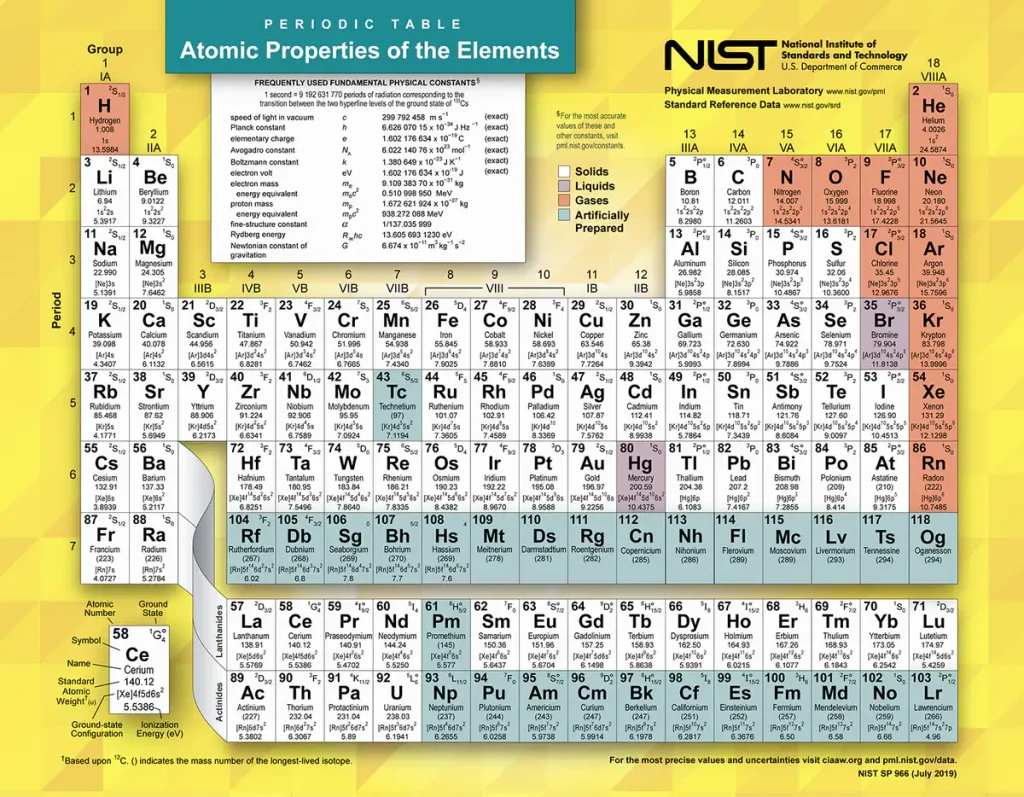Influence of elements in aluminum alloys on the properties of aluminum alloys
Date: 2024-08-30 Categories: Blog Views: 1520

elemental aluminum
Aluminum is a very common element with the symbol Al and atomic number 13. The earth's crust is second only to the earth's crust in terms of reserves of aluminum.oxygen (chemistry)respond in singingsilicon (chemistry), with a content of 8.31 TP3T, ranks third and is the most abundant metallic element in the earth's crust.
aluminum
Aluminum is one of the light metal materials to which a certain amount of other alloying elements are basically added.aluminumIn addition to the general characteristics of aluminum, due to the different types and quantities of alloying elements, it also has certain alloy characteristics. Aluminum alloy density of 2.63 ~ 2.85g/cm3 high strength (σb 110 ~ 650MPa) with good casting properties and plastic processing properties, good electrical and thermal conductivity, good corrosion resistance and weldability, can be used as structural materialscast (pour metal into a mold)The products are widely used in aerospace, aviation, transportation, construction, electromechanical, light chemical and daily necessities, such as stamping and forging processes.
Effect of added elements on the strength of aluminum alloys
Copper is a large impact on the performance of aluminum alloy metal elements (Cu), magnesium (Mg), silicon (Si), iron (Fe), manganese (Mn), nickel (Ni), zinc (Zn) and so on, the following describes the impact of these metal elements on the performance of aluminum alloys.
1. Copper (Cu)
Copper is an important alloying element in aluminum alloys, with some solid solution strengthening, in addition to aging precipitation of CuAl2It has a significant time-reinforcement effect.
vantage:Solid solution strengthening and timely strengthening effect is good, copper content in 4% to 6.8% when the strengthening effect is the best, so most of the copper content of hard aluminum alloys in this range. Increase copper content, improve alloy mobility, tensile strength and hardness, improve mechanical properties and machinability.
drawbacks:Reduces corrosion resistance and plasticity and increases the tendency to thermal cracking.
2. Magnesium (Mg)
The strengthening of aluminum by magnesium is significant. For every 1% of magnesium added, the tensile strength is increased by about 34MPa. if less than 1% of manganese is added, the strengthening effect may be increased. Therefore, with the addition of manganese, the magnesium content can be reduced and the tendency of hot cracking can be reduced. In addition, manganese can make Mg5Al8Average compound precipitation for improved corrosion resistance and welding function.
vantage:Increases tensile strength and yield limit and improves the cutting and machining properties of the alloy.
drawbacks:Mg2Si makes castings brittle.
3. Silicon (Si)
Mg2The maximum solubility of Si in aluminum is 1.85%, which decreases with temperature. In the deformed aluminum alloy, silicon alone added aluminum plate is limited to welding materials, silicon added aluminum also has a certain strengthening effect.
vantage:Improves castability of alloys. Silicon and aluminum can form solid solutes that can improve the high-temperature shape of the alloy, reduce shrinkage, and have no tendency to hot crack. Improves tensile strength, hardness, cutability and high temperature strength, and reduces elongation.
drawbacks:Crystalline precipitation of silicon (Si) free silicon hard spots are easy to appear, so that the cutability is poor, high silicon aluminum alloy on the casting crucible of the melting effect is serious.
4. Iron (Fe)
vantage:When the iron content of 0.6, aluminum alloy on the mold has a strong adhesion effect % especially strong, that is, not easy to release the mold. When the iron content of more than 0.6%, the phenomenon of sticking to the mold is greatly reduced.
drawbacks:When aluminum alloys contain too much iron, the iron is Feal3Fe2Al7and Al-Si-Fe flake or needle-like organizations are present in the alloy, producing metallic compounds that form hard spots. This organization also reduces mechanical properties, increases hot cracking, and makes castings brittle. There are also iron (Fe) equivalents in excess of 1.21 TP3T that reduce alloy fluidity, damage casting quality, and shorten the life of metal components in die casting equipment.
5. Manganese (Mn)
The maximum solubility of manganese in solid solution is 1.82%. when the manganese content is 0.8%, the strength of the alloy increases with the increase of solubility, and the elongation reaches the maximum value. al-Mn alloy is long and short time hardening alloy, i.e., no heat treatment strengthening.
vantage:The strength of the alloy increases with increasing solubility. The elongation reaches its maximum value when the manganese content is 0.8%. Manganese (Mn) prevents the recrystallization process of aluminum alloys, increases the recrystallization temperature and significantly refines the recrystallized grains. The refinement of recrystallized grains is mainly through Mnal6The compound diffuse plasmas hinder the growth of recrystallized grains.MnAl6Another effect is that it can dissolve impurity iron (Fe) to form (Fe, Mn)Al6The aluminum alloys have been designed to reduce the harmful effects of iron by changing the flaky or needle-like tissue in the aluminum alloys from iron to a fine crystalline tissue.
drawbacks:Excessive manganese content can lead to segregation.
6. Nickel (Ni)
vantage:It has a tendency to increase tensile strength and hardness, and has a significant effect on corrosion resistance.
drawbacks:Reduced corrosion resistance and thermal conductivity.
7. Zinc (Zn)
vantage:Zinc and magnesium are added simultaneously to aluminum to form the reinforcing phase Mg/Zn2, will have a significant strengthening effect on the alloy.
drawbacks:Tendency to stress corrosion cracking.


















